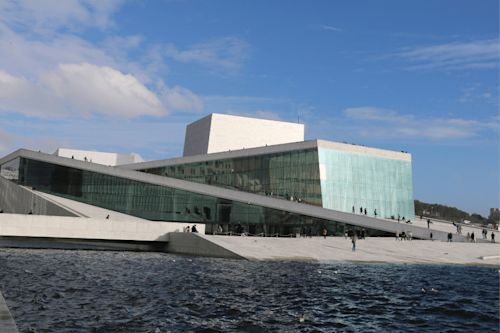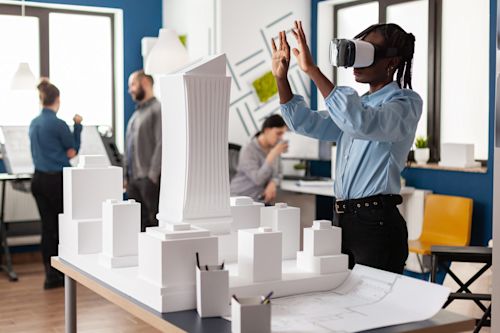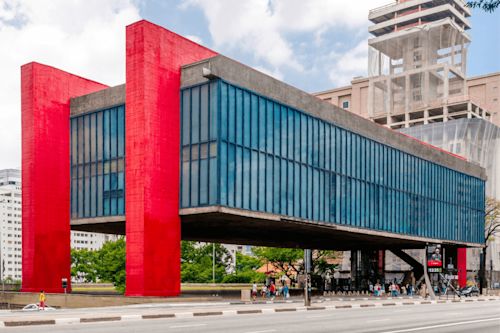Architecture
Current developments between design, functionality, and efficiency. Get inspired by stunning buildings from all over the world.

Architecture
Traveling Through Architecture: The World’s Most Fascinating Train Stations

Architecture
Hotelification, a Raging Trend in Workspace Design
Among the most innovative trends shaping office design is the concept of hotelification. It is revolutionizing how we conceive the workplace.

Architecture
The Symbolism of Dogs in Architectural Practices: More Than Just a Pet
More and more practices are proudly introducing their “Barkitects” (yes, that’s a thing now!). These furry team members serve as unofficial well-being ambassadors, bringing warmth and balance to a fast-paced industry.

Architecture
Know Your Architecture: Organic Design and 5 Finest Examples
Organic architecture seeks to design buildings in harmony with their natural surroundings.

Architecture
Accessibility and well-being: how dormakaba access solutions transform spaces for everyone.
Inclusive & secure welcome. dormakaba solutions facilitate access for people with reduced mobility. Modernize your spaces. Security & well-being.

Architecture
5 Contemporary Projects That Nurture the Dialogue between Architecture and Water
The connection between architecture and water is intertwining aesthetics, symbolism, and emotional resonance with sustainability and progress

Architecture
Practical guide: how to integrate dormakaba products into a BIM project?
How to integrate Dormakaba access solutions into a BIM project to optimize building security, accessibility, and flow management.

Architecture
Trailblazing Women Architects: Lina Bo Bardi (1914 – 1992)
A remarkable career, marked by resilience, reinvention, pivoting, and a profound impact on the architectural landscape of Brazil and beyond.